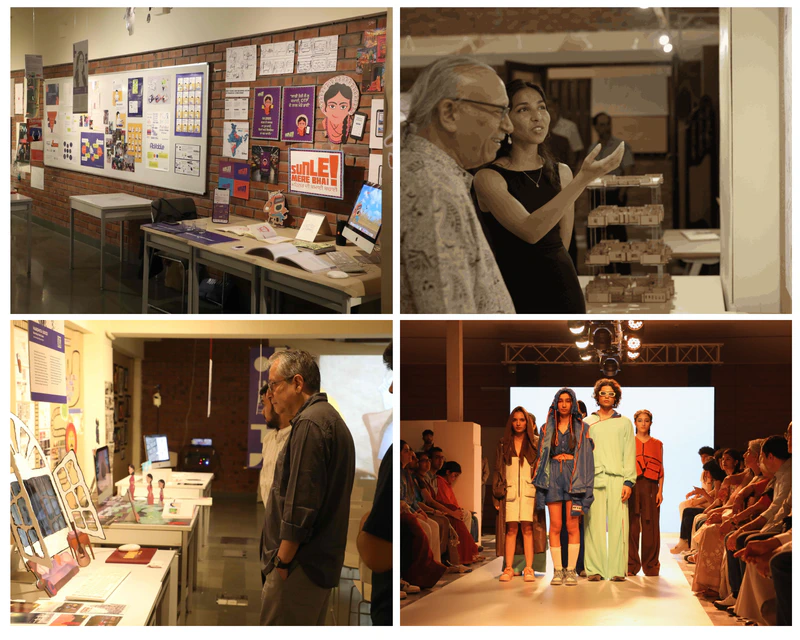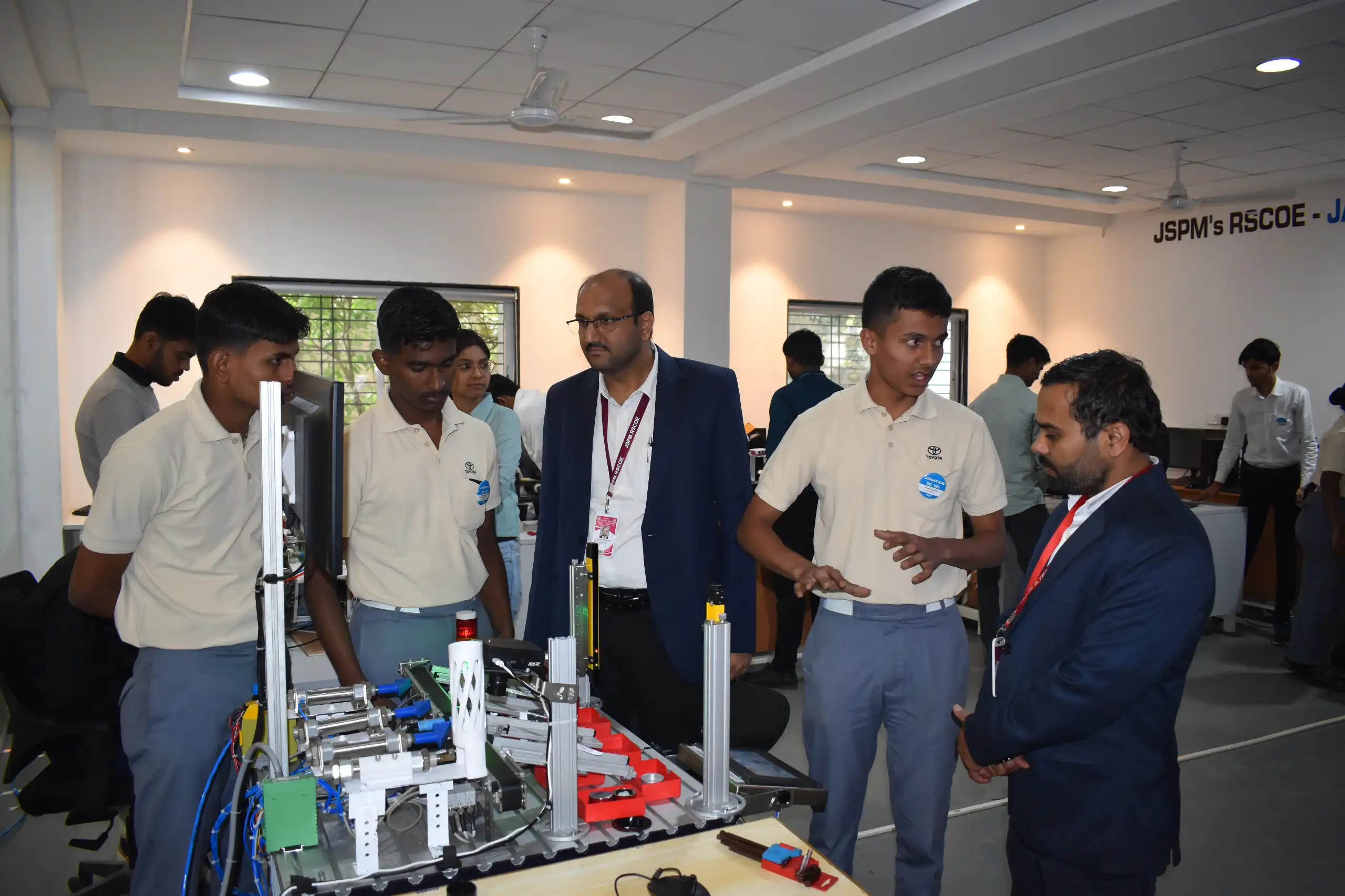An Inquiry into the Design Projects of 2024 Cohort of the Indian Institute of Art and Design
Are the designers of today just skilled creators or agents of social change? A closer look at the design graduate shows might reveal a more compelling narrative. Traditionally, they served as a launching pad for design graduates to showcase their best work, often prioritising aesthetics and technical skills. Today, however, these graduate shows are transforming to become platforms where the designers get a chance to engage more closely with the community and industry. A recent example is UNFOLD 2024: a two-day event hosted by the graduates of the Indian Institute of Art and Design (IIAD), an independent design school in Delhi. These young designers are not only skilled but demonstrably humane, driven by a social conscience and a collaborative spirit. Their projects, tackling real-world challenges with impactful solutions, reveal a design philosophy grounded in empathy and a desire to create positive change.
UNFOLD 2024 served as a culmination of the graduating students’ journey, reflecting their unique voices and identities as they catered to industry experts talking about their projects. The Grad Show displayed the breadth of their expanded skill sets and the evolution of their design thinking. What truly distinguishes this show was the students’ approach to looking beyond the conventional. Their projects showcase a deep understanding of design’s potential for inclusive social impact. Issues of community development take centre stage, as they propose conscious design solutions tackling real-world challenges.
Many award-winning projects by 2024 cohort of emerging designers address a broad spectrum of critical design challenges, ranging from micro-scale individual solutions to macro-level collective interventions. Among the award-winning projects, Rashika Lungani, an interior architect, proposes reclaiming the public spaces and redesigning them into a more holistic and user-friendly public space. Leveraging strategic design interventions, her proposal identifies critical issues in Mandi House metro station for a holistic user experience and maximises its social impact.
In another award-winning project, fashion designer Palak Aggarwal champions inclusivity by proposing an “Able & Adorned” collection. This adaptive collection caters specifically to people with disabilities (PWDs), prioritising accessibility and affordability. The project boldly challenges established notions of fashion, emphasising the right of PWDs to express themselves confidently through style. Communication designer Yukta Varshney demonstrates a commitment to user-centric design with her award-winning proposal—an accessible tool designed to support children with cerebral palsy (CP).
Another project by interior architect Siya Kakkar addresses the critical social issue of youth homelessness. This project proposes repurposing of architect Raj Rewal’s renowned Sheikh Sarai housing into a mixed-use transitional housing facility specifically designed for orphaned young adults (aged 18 and above), some with juvenile backgrounds. This proposal also offers dedicated spaces for community engagement. This innovative approach integrates community spaces and essential support services, aiming to facilitate the reintegration of these young adults into society.
These examples—while just a glimpse into the full showcase—highlight a crucial shift in the design ethos of the emerging designers. Such shows make it evident that the young design minds of today understand the power of design for social impact, focusing on issues concerned with community development. This shift in focus from aesthetics to tangible social responsibility also speaks volumes about the values instilled in these young designers. They are driven by a desire to leverage their skills for positive societal change and have empathy towards the community at large. Their design solutions are not just innovative but impactful, aiming to address critical issues and improve lives.
The emphasis on social impact is just one facet of the evolving design landscape revealed by graduation shows. But perhaps the most telling indicator of the changing nature of design teams lies in the collaborative spirit that permeates these events. These shows become a breeding ground for teamwork. Whether the riveting fashion show, the collective performances such as “The Last Hug” by the students of Communication Design, or the exhibitions—each reflect the spirit of collaboration. This shift speaks volumes about the evolving skill set of graduating designers.
In this sense, these young designers become adept collaborators, recognising design itself as a collaborative exercise fostering a sense of community and shared purpose. Design does not function in isolation. Design graduates today understand the power of teamwork and are adept at working together towards a common goal. Their ability to communicate, share ideas, and build consensus makes them valuable assets to any design team. The future of design, as glimpsed through graduation shows, is no longer a future of isolated innovation. It’s a future where design serves not just visual pleasure but humanity itself. It’s a future populated by designers who are not just skilled but socially conscious, collaborative forces for good—a future where design is a powerful verb, not merely a noun.





